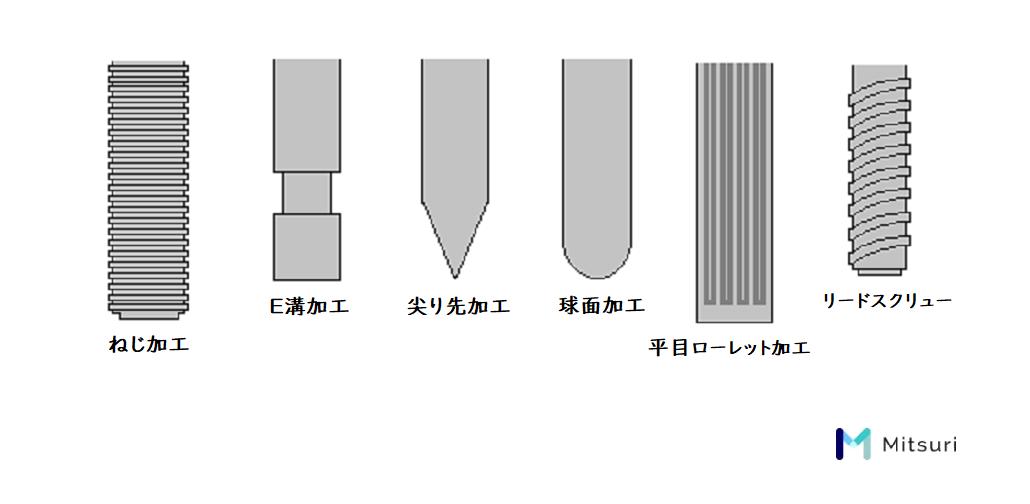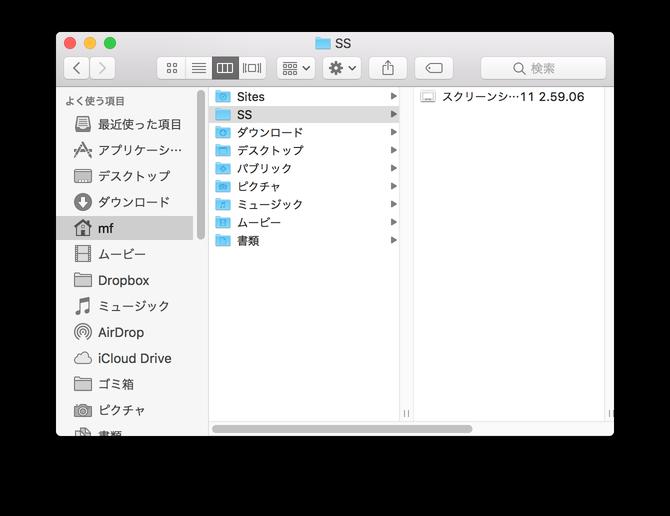“Fast” and “strong” rolling process
Rolling is a plastic processing technology that forms a rod-shaped workpiece (workpiece) while rolling it with a tool (mold) called a die. With high productivity and stable processing quality, it is widely used for parts processing of rotating objects such as screws, gears, worms, splines, serrations, and knurls. The scope of application continues to expand as processing becomes more precise with computer numerical control (CNC) for rolling machines and more sophisticated design technology for dies.
Reduced time, long tool life, efficient use of materials
Rolling performed by a rolling machine and dies can be broadly divided into flat die rolling, in which plate-shaped dies reciprocate, and flat die rolling. Two types of round die rolling that rotates a circular die. There is also planetary rolling, which consists of arch-shaped segment dies and round dies.

In flat die rolling, a workpiece is sandwiched between a pair of dies arranged in parallel. It is mainly used for mass production of general-purpose screws. There is also a double slide type flat die rolling machine that can obtain relatively high processing accuracy.
Round dies Rolling dies are cylindrical, and 2 or 3 dies with the same shape are used, and they are rotated in the same direction at the same speed while narrowing the distance. The feature is that the distance between the dies can be changed freely, and it is rich in processing applications.
Planetary rolling is processed by rotating a round die placed inside a fixed segment die. It has no processing applicability, but it has the highest productivity among the three types of rolling.
The biggest advantage of rolling is high productivity. It is a type of plastic working, and the processing time is remarkably short compared to cutting. Rolling dies have a much longer life than cutting tools.
It can be said that it is a processing method that does not waste materials. When machining a part, cutting removes excess material to shape it. The removed material becomes chips. On the other hand, in the rolling process, since the part to be squeezed and the part to be raised are formed, a material thinner than the outer diameter of the product is used, and no chips are generated.
From these facts, it can be said that the features of rolling processing are short processing time, long tool life, and resource-saving production technology that uses materials without waste. Depending on the workpiece, productivity can be as high as 1/10 or 1/20 of cutting. The force required for processing is a sequential forming process that continuously performs plastic deformation due to local pressure, so a large amount of deformation can be obtained with a smaller force than forging.
Because it is processing using dies, it is possible to obtain stable processing accuracy and there is little variation in the quality of each processed product. Combined with high productivity, it is a processing technology with characteristics suitable for medium to mass production.















